Secret Rome: the Undergrounds of Baroque Rome and Masterpieces of Art - Full Day Private Walking Tour
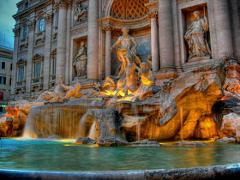
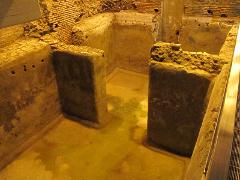
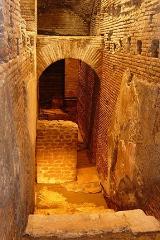
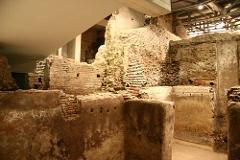
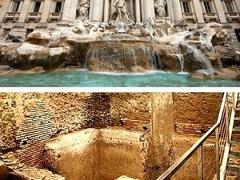
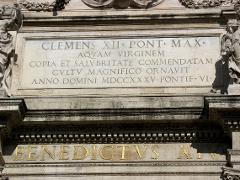
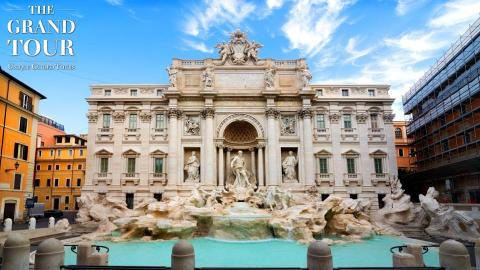
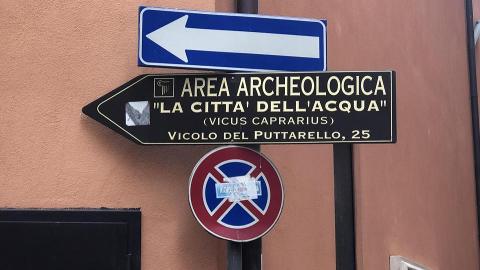
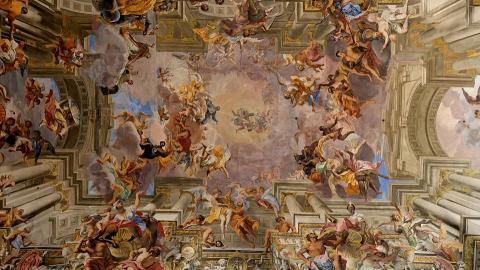
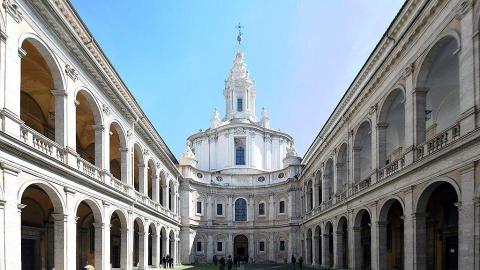
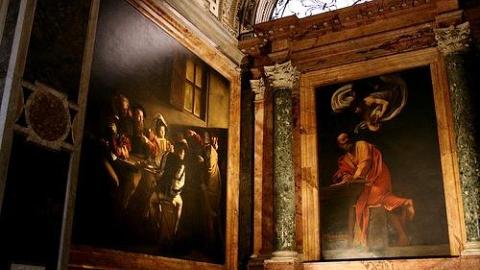
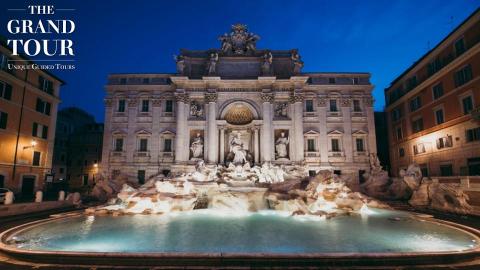
- Varighed: 7 Timer (Ca.)
- Sted: Roma, Italia
- Produkt kode: RM0028
Our tour starts from the Piazza Navona, built on the ruins of the ancient Stadium Domitiani, we will descend underneath the busy Piazza Navona to discover its secret underside away from the crowds. Emerging from this subterranean labyrinth, we'll wander through Piazza Navona, admiring its crowning jewel: the iconic Fountain of the Four Rivers, a masterpiece sculpted by the renowned Bernini under the patronage of Pope Innocent X Pamphilj.
Our voyage continues through the winding streets of Rome, leading us to the captivating Piazza Montecitorio, once the seat of papal authority and now home to the Italian Parliament. Then we will see Piazza Sant’Ignazio, the beautiful "rococò" square, and the Jesuit renaissance church with the illusionist dome by Andrea Pozzo. We’ll enter the Pantheon with its huge ancient roman dome and the grave of the great Italian artist Raphael. Continuing with the church of St. Louis of France, with the famous paintings by Caravaggio, the eclectic dome of Saint Ivo alla Sapienza by Borromini.
Break for lunch
Everyone knows the famous Trevi Fountain, but less known is the underground passages that stretch beneath the Trevi district; an intricate maze of ancient vestiges dating back to Roman times that await to be rediscovered.
The underground archaeological areas of Vicus Caprarius - the 'City of Water', consist of the structures of an imperial domus, the castellum aquae of the Virgin Aqueduct and a small museum filled with Roman artifacts.
Embark on a journey tracing the ancient path of Aqua Virgo, unraveling its ingenious workings and storied past, with remnants cunningly concealed amidst the modern urban landscape. Seek out hidden doorways and stumble upon remarkably preserved relics tucked beneath the glitz of a bustling shopping enclave.
On a journey backward in time, it is possible to live Rome's millennial stratification and observe the archaeological evidence of the great events that characterized the city's history, from the fire of Rome under the emperor Nero to the Barbarian invasions, from the sack of Alaricus to the siege of the Goths.




